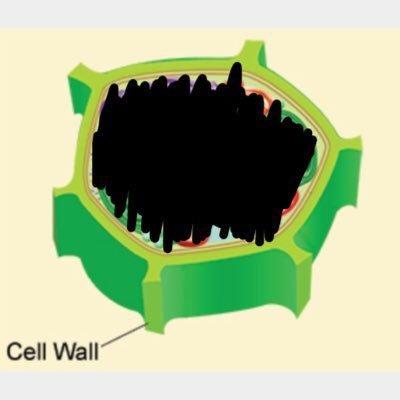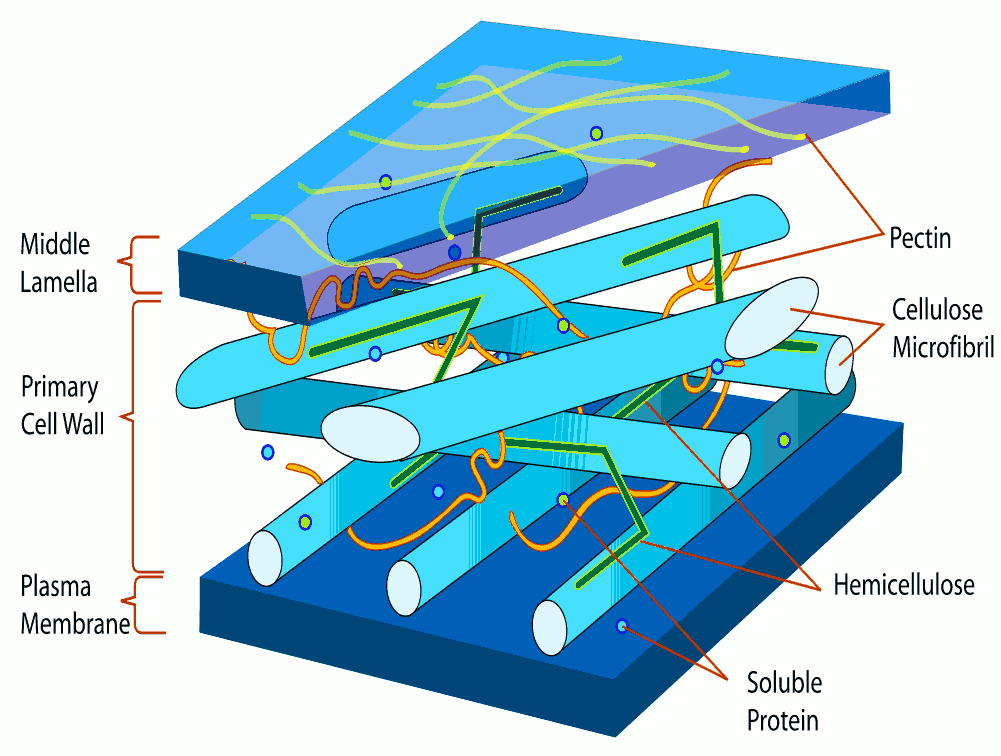

For a sedentary organism that depends on CO 2, H 2O and sunlight, these two abundant biopolymers represent “cheap,” carbon-based, structural materials, helping to conserve the scarce fixed nitrogen available in the soil that generally limits plant growth. Trees make a huge investment in the cellulose and lignin that comprise the bulk of their biomass. Unlike the animal extracellular matrix, which is rich in protein and other nitrogen-containing polymers, the plant cell wall is made almost entirely of polymers that contain no nitrogen, including cellulose and lignin. While the principle is the same in plants and animals, the chemistry is different. One component provides tensile strength, while another, in which the first is embedded, provides resistance to compression. (B) Surface view (more.)Īlthough the cell walls of higher plants vary in both composition and organization, they are all constructed, like animal extracellular matrices, using a structural principle common to all fiber-composites, including fibreglass and reinforced concrete. This spiky, protective single cell is shaped by the local deposition of a tough, cellulose-rich wall. (A) A trichome, or hair, on the upper surface of an Arabidopsis leaf. Specialized cell types with appropriately modified cell walls. When plant cells become specialized, they generally adopt a specific shape and produce specially adapted types of walls, according to which the different types of cells in a plant can be recognized and classified ( Figure 19-69 see also Panel 21-3). The most common additional polymer in secondary walls is lignin, a complex network of phenolic compounds found in the walls of the xylem vessels and fiber cells of woody tissues.The plant cell wall thus has a “skeletal” role in supporting the structure of the plant as a whole, a protective role as an enclosure for each cell individually, and a transport role, helping to form channels for the movement of fluid in the plant. These may either have a composition similar to that of the primary wall or be markedly different. Once growth stops, the wall no longer needs to be extensible: sometimes the primary wall is retained without major modification, but, more commonly, a rigid, secondary cell wall is produced by depositing new layers inside the old ones.


To accommodate subsequent cell growth, their walls, called primary cell walls, are thin and extensible, although tough. The new cells are usually produced in special regions called meristems (discussed in Chapter 21), and they are generally small in comparison with their final size. The Composition of the Cell Wall Depends on the Cell TypeĪll cell walls in plants have their origin in dividing cells, as the cell plate forms during cytokinesis to create a new partition wall between the daughter cells (discussed in Chapter 18).


 0 kommentar(er)
0 kommentar(er)
